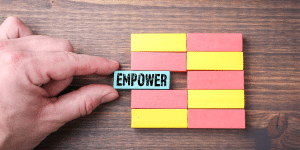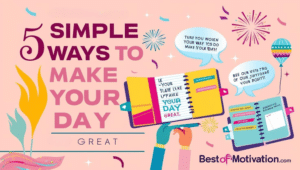The art of meditation has been practiced for centuries, offering myriad benefits from stress reduction to improved concentration. However, the journey to mastering this skill can be daunting for beginners. Therefore, this guide seeks to simplify the process and provide you with all the knowledge you need on how to meditate properly.
Meditation is a mental discipline that involves focusing your mind on a particular object, thought, or activity. The goal is to achieve a clear, calm, and stable state of mind. It’s a tool to rediscover the body’s own inner intelligence.
Understanding Meditation
What is Meditation?
Meditation is more than just relaxation. It’s a way of delving into your thoughts, understanding them, and eventually gaining control over them. It brings about mental clarity and emotional calmness, allowing you to evaluate your thoughts and feelings without judgement.
The Benefits of Meditation
Meditation provides a wide range of physical, emotional, and mental health benefits. It lowers blood pressure, reduces anxiety, improves focus and concentration, and enhances self-awareness, among other benefits. Additionally, it fosters an inner balance that helps you respond to life’s challenges in a calm and measured way.
Preparing For Meditation
Finding The Right Place
The space you choose for meditation plays a crucial role in your practice. Find a quiet, comfortable area where you can sit without being disturbed. A place with minimal noise and distractions is ideal. Your meditation corner should be warm and inviting, encouraging you to spend time there.
Setting A Time
Consistency is key when it comes to meditation. Setting aside a specific time each day for your practice can help you develop a habit. Whether it’s early in the morning or late at night, choose a time that suits your schedule and lifestyle.
Dressing Comfortably
Comfort is crucial for a productive meditation session. Wear loose, breathable clothing that doesn’t restrict your movements or cause discomfort. The more comfortable you are, the easier it will be to focus on your practice.
Beginning Meditation
Positioning Yourself
Whether you choose to sit on a chair, a cushion, or the floor, ensure your posture is upright yet relaxed. Your back should be straight, but not stiff. You can sit cross-legged, kneel, or even lie down if that’s more comfortable for you.
Focusing Your Attention
Once you’re comfortable, close your eyes and focus your attention on your breath. Notice how it moves in and out of your body. This focus on breath is a common meditation technique that helps anchor your mind in the present moment.
Acknowledging Your Thoughts
It’s natural for your mind to wander during meditation. Instead of trying to suppress these thoughts, acknowledge them and let them pass. The goal is not to empty your mind, but rather to observe your thoughts without judgement.
Maintaining Your Practice
Regularity and Consistency
Consistency is crucial in meditation. Even if it’s for just a few minutes a day, make sure to meditate regularly. The more you practice, the more natural it will become, and the more benefits you’ll reap.
Challenging Your Mind
The process of meditation is not always easy. You may struggle with concentration, invading thoughts, or even physical discomfort. However, remember that these challenges are part of the path to mastering meditation. Instead of being discouraged, view these obstacles as opportunities for growth.
Gradual Progression
Start with short meditation sessions and gradually lengthen them as you become more comfortable with the practice. With time, you’ll be able to maintain your focus for longer periods, enhancing the effectiveness of your meditation practice.
Exploring Different Meditation Techniques
There are various forms of meditation, each offering unique benefits. Explore different techniques to find one that resonates with you. These may include mindfulness meditation, concentration meditation, body scan meditation, and loving-kindness meditation, among others.
Conclusion
Learning how to meditate properly is a journey of self-discovery and self-improvement. It’s an invaluable tool for enhancing your mental, emotional, and physical well-being. By understanding the basics, preparing adequately, and maintaining your practice, you can unlock the numerous benefits of meditation and embark on a journey towards a healthier, happier life.
5 Meditation apps:
1. Headspace: This app offers guided meditations and mindfulness exercises to help users reduce stress and anxiety, improve focus, and promote better sleep.
2. Calm: Calm is a leading app for meditation and sleep, which offers resources such as guided meditations, sleep stories, breathing programs, and relaxing music.
3. Insight Timer: This app offers a library of over 30,000 guided meditations from over 1,000 teachers. It also provides music tracks and ambient sounds to calm the mind and promote sleep.
4. Aura: Aura provides personalized meditations based on your mood or stress levels. It also offers life coaching, stories, and music.
5. Ten Percent Happier: This app is designed to help beginners get into meditation. It has a variety of programs taught by different teachers, including guided meditations and videos.












